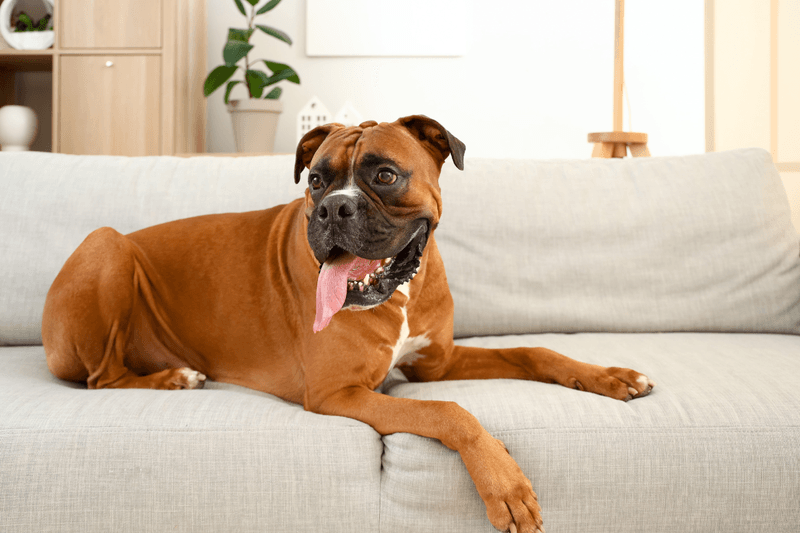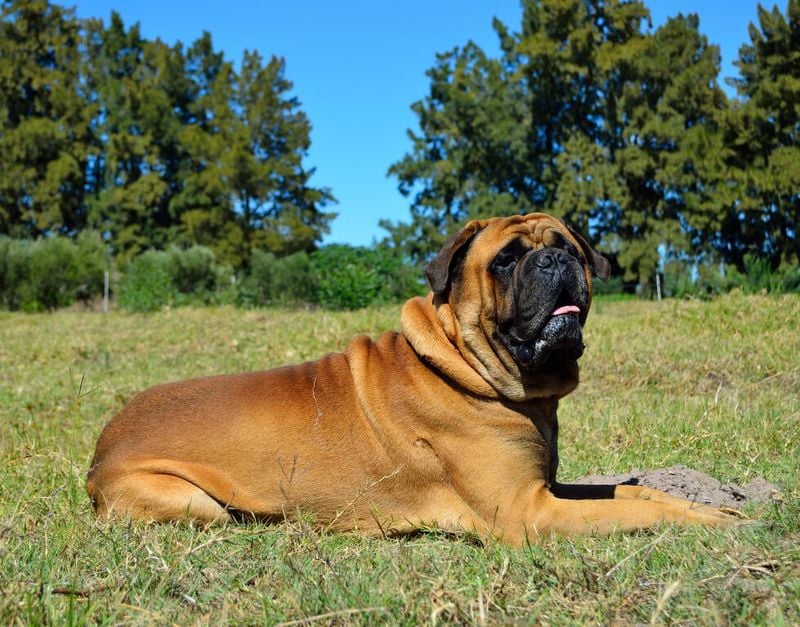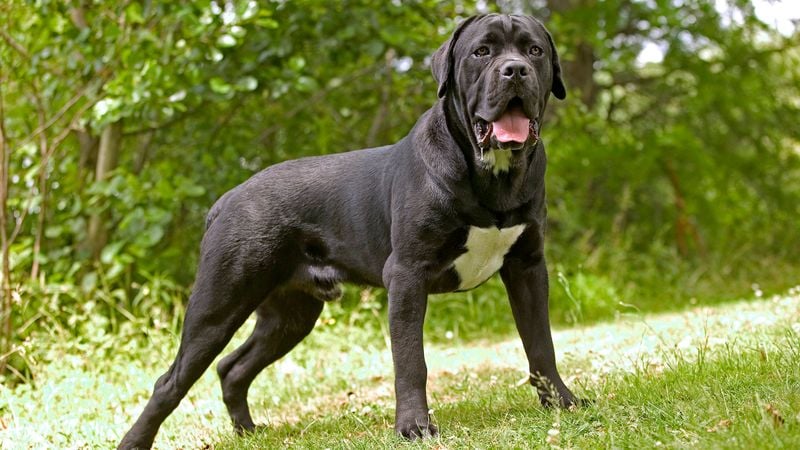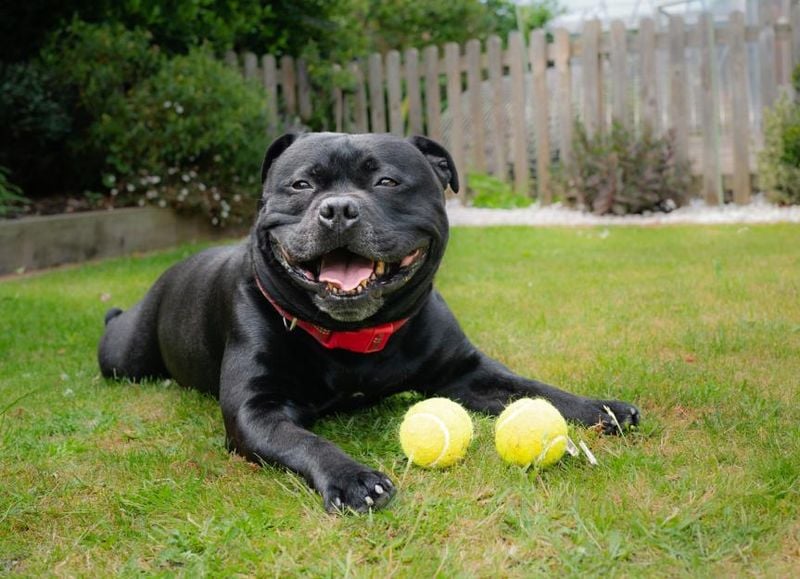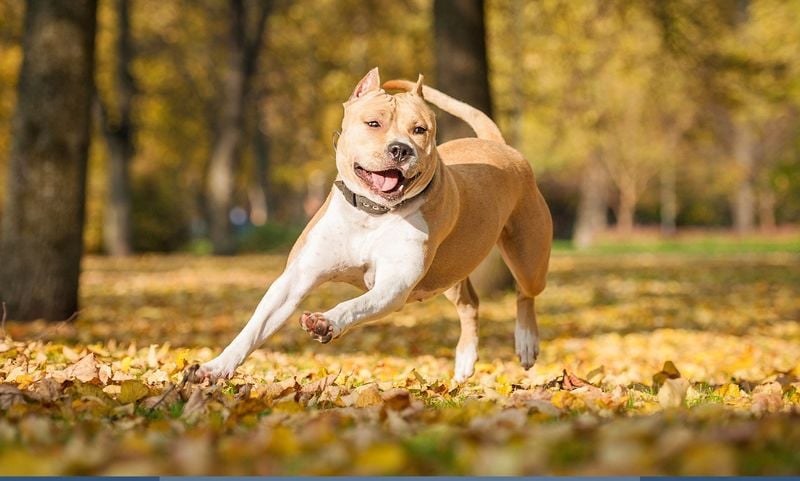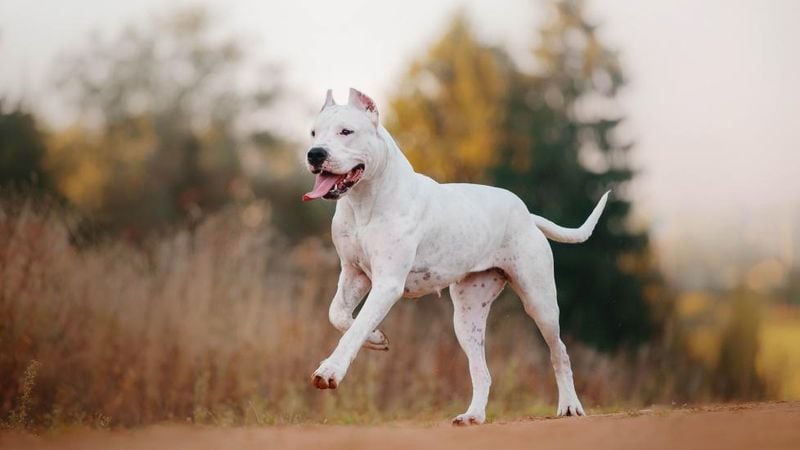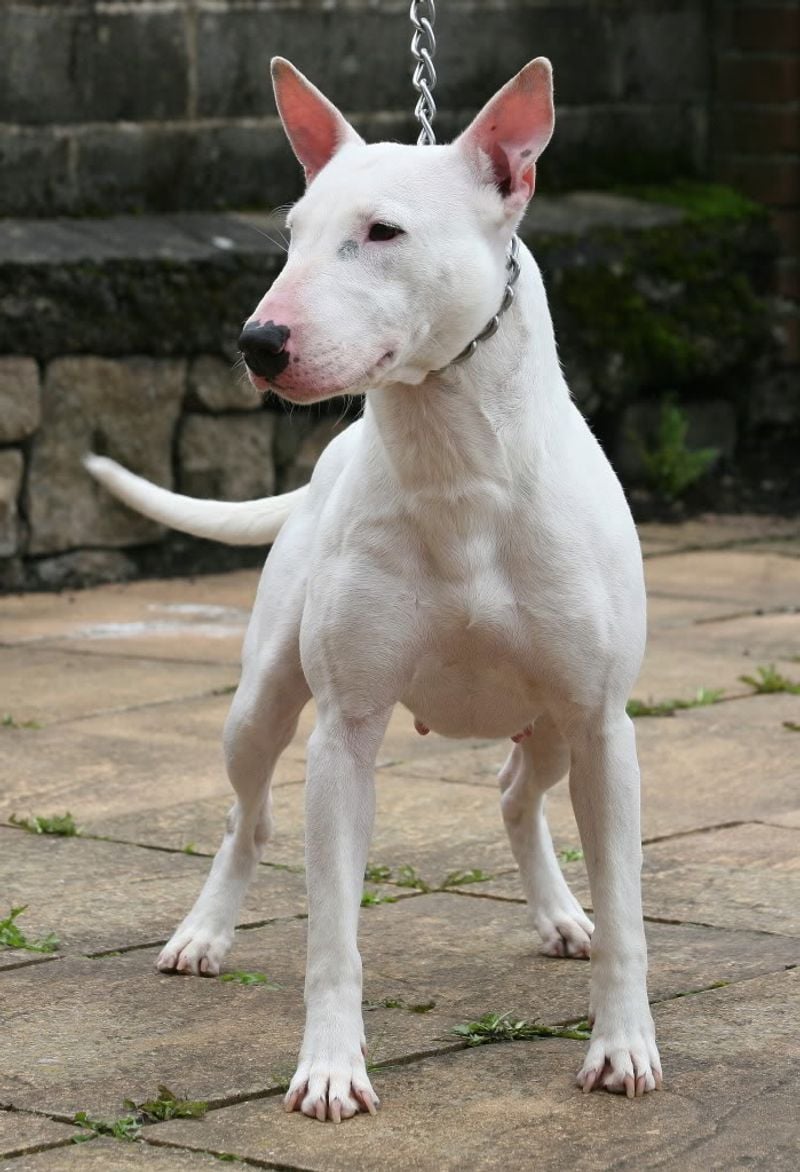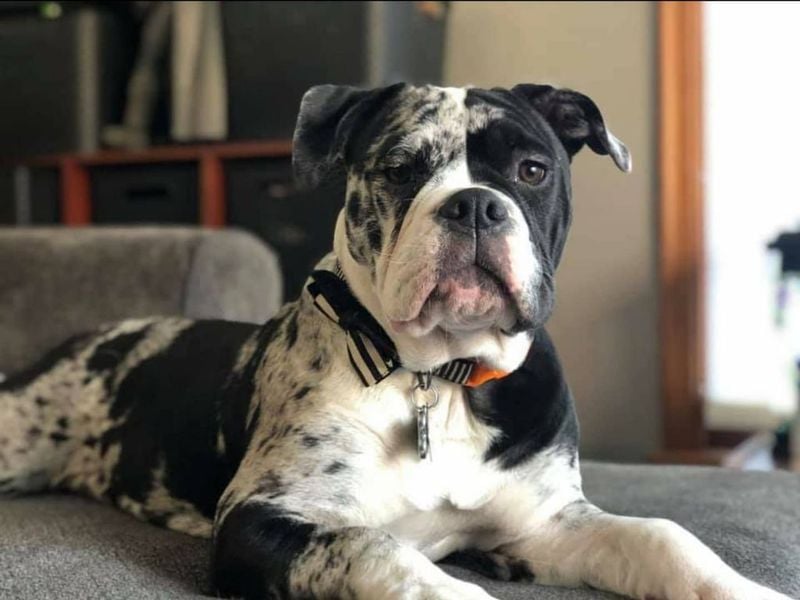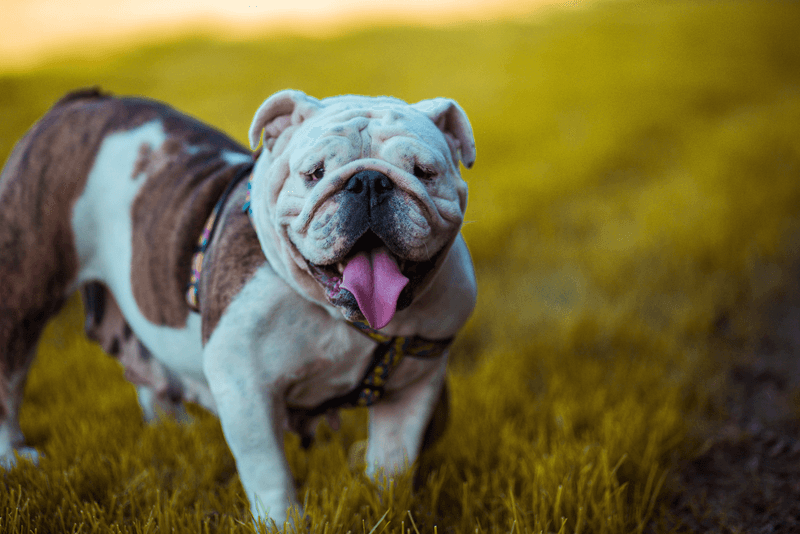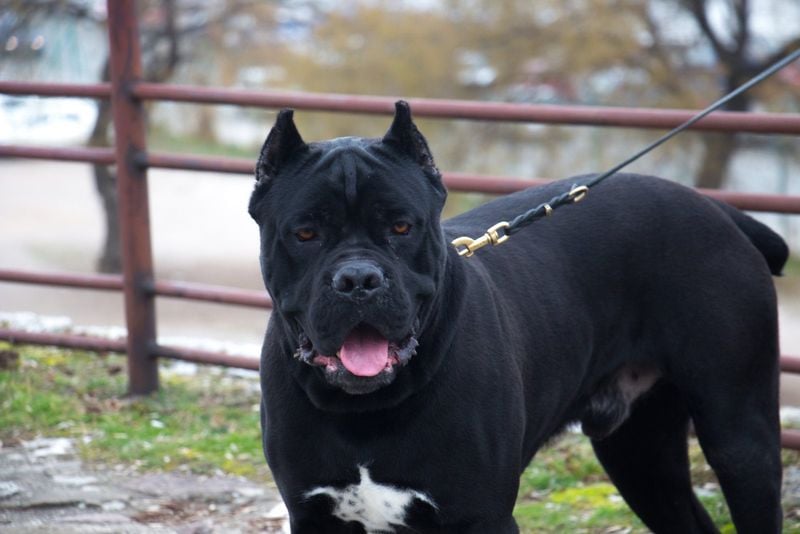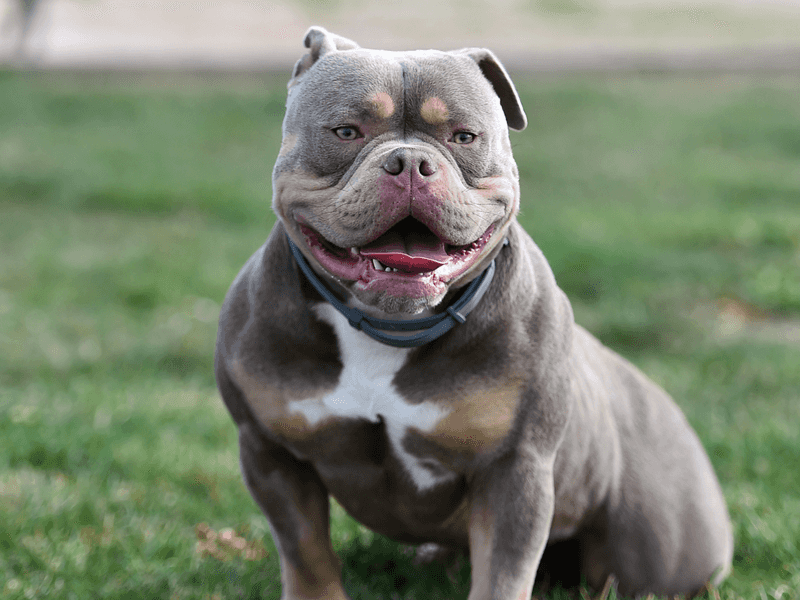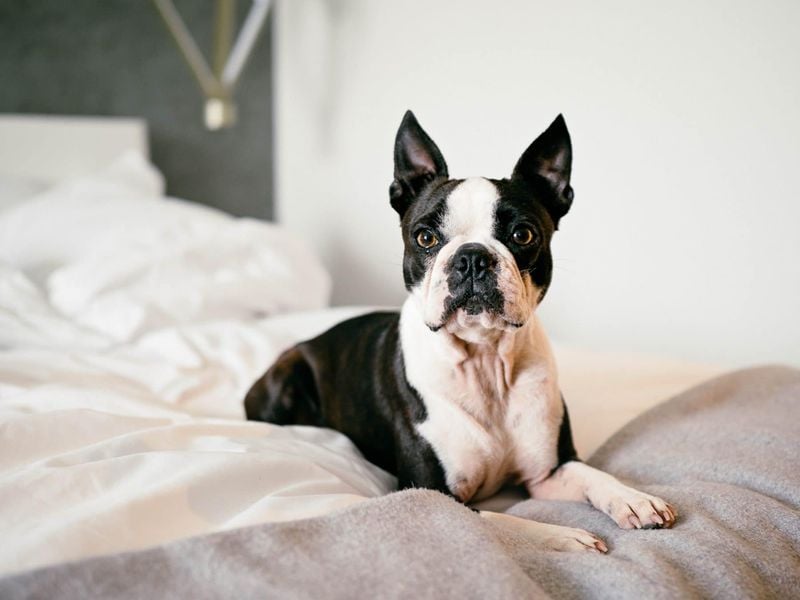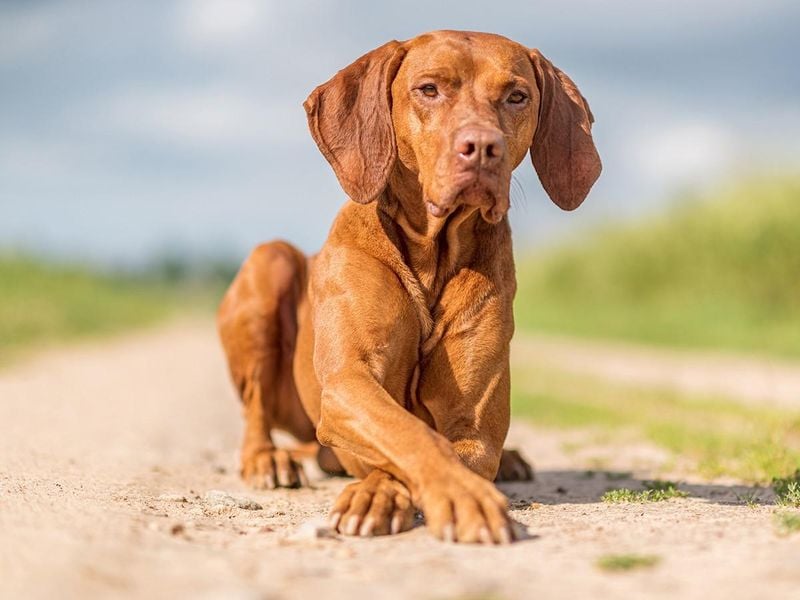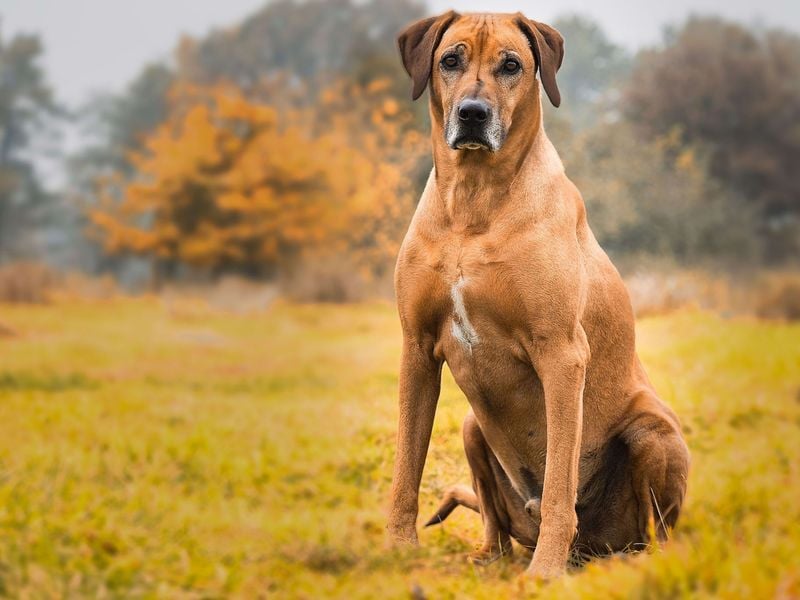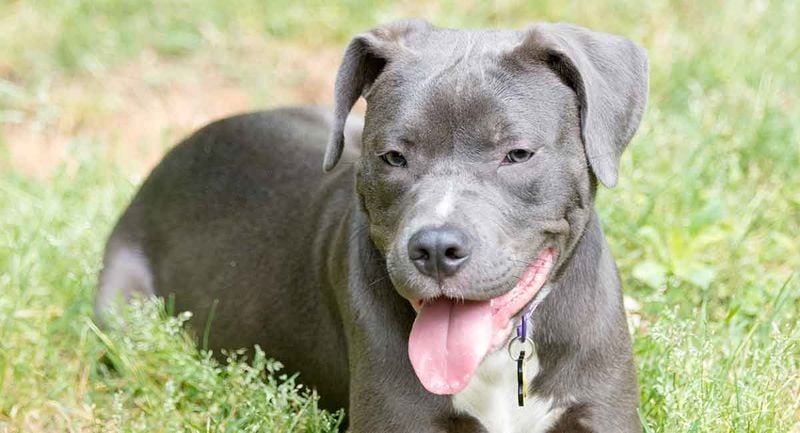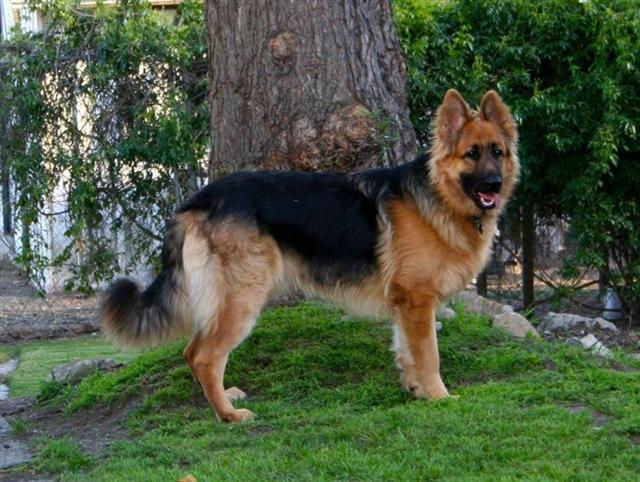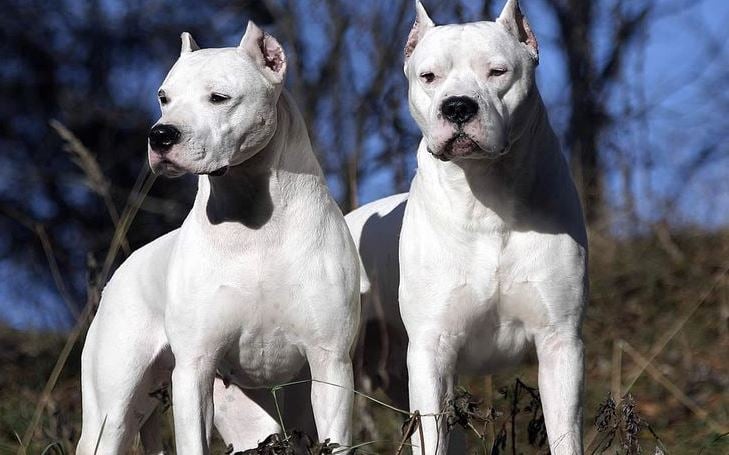You Won’t Believe These 17 Dog Breeds Aren’t Pitbulls
Many dog lovers—and even seasoned dog owners—struggle to tell the difference between a true Pitbull and several other breeds that share similar physical traits. This confusion isn’t just cosmetic; it can have serious consequences.
Dogs that look like Pitbulls are often lumped into the same category, leading to unfair stereotyping, housing restrictions, and even breed-specific legislation that affects dogs based on appearance rather than behavior or breed.
In reality, there are a variety of muscular, short-haired dog breeds that resemble Pitbulls but are entirely different in lineage, temperament, and purpose. Some were bred for protection, others for companionship or sport—but all deserve to be judged for who they are, not who they look like.
So let’s take a closer look at 17 dog breeds that often get mistaken for Pitbulls—and learn what makes each of them unique.
1. American Bulldog: The Working-Class Hero
Stockier and taller than pitbulls, American Bulldogs boast powerful shoulders and a more pronounced jaw. These farm dogs were bred for catching feral pigs and cattle, not fighting.
Their distinctive white coats often feature patches of brindle, black, or red. Despite their imposing appearance, they’re famously loyal family protectors with a soft spot for children.
American Bulldogs need consistent training from an early age due to their strong-willed nature. With proper socialization, these hardworking companions become gentle giants who’d rather snuggle on the couch than cause trouble.
2. Boxer: The Playful Entertainer
Boxers wear their hearts on their sleeves with expressive faces and bouncy personalities. Those wrinkled foreheads and soulful eyes tell entire stories without making a sound.
Unlike pitbulls, Boxers have distinctly upturned noses, underbites, and more squared-off muzzles. Their athletic build comes with natural elegance – watch them prance around the dog park like they’re performing in a canine ballet!
Originally German hunting dogs, modern Boxers channel their energy into being family entertainers. Their silly antics and perpetual youth (they typically remain puppy-like well into adulthood) make them natural clowns.
3. Bullmastiff: The Gentle Giant
Towering over pitbulls, Bullmastiffs weigh between 100-130 pounds of pure muscle and devotion. These imposing guardians were originally bred by English gamekeepers to track and hold down poachers without harming them.
Their massive heads feature distinctive wrinkles and a darker facial mask. Despite their intimidating size, Bullmastiffs are surprisingly low-energy indoors, earning them the nickname “couch potatoes.”
Fiercely protective yet remarkably gentle with family members, these dogs possess an uncanny ability to assess threats. A well-trained Bullmastiff distinguishes between welcome guests and potential intruders with impressive discernment.
4. Presa Canario: The Island Guardian
Hailing from Spain’s Canary Islands, these powerful dogs were traditionally cattle herders and farm guardians. Their massive heads, deep chests, and athletic builds often cause confusion with pitbulls, though Presas typically weigh twice as much.
Their coat colors range from fawn to brindle, sometimes with white markings on the chest. Fiercely territorial by nature, Presa Canarios form intense bonds with their families while remaining naturally suspicious of strangers.
Originally bred to work independently, these dogs think for themselves and aren’t blindly obedient. This intelligence requires an experienced owner who understands that respect must be earned, not demanded, from this proud and dignified breed.
5. Cane Corso: The Roman Warrior
Ancient Roman war dogs reborn as modern companions, Cane Corsos carry themselves with unmistakable nobility. Their athletic bodies feature more prominent leg-to-body proportions than pitbulls, with males reaching 28 inches at the shoulder.
Most noticeable is their distinctive profile – a slightly curved muzzle unlike the pitbull’s straighter snout. Traditionally, their ears were cropped and tails docked, though many modern owners preserve their natural appearance.
Surprisingly sensitive despite their imposing presence, Cane Corsos form deep emotional connections with their families. These intelligent guardians assess situations carefully before acting, making them thoughtful protectors rather than reactive defenders.
6. Staffordshire Bull Terrier: The Smiling Companion
Shorter and more compact than American pitbulls, “Staffies” pack remarkable strength into their 14-16 inch frames. Their most recognizable feature? Those perpetually smiling faces with prominent cheek muscles that give them an endearing grin.
Originating in 19th century England for bull-baiting and later dog fighting, modern Staffies have been selectively bred for decades to eliminate aggression toward humans. Their nickname in their native England – “nanny dogs” – reflects their exceptional patience with children.
Surprisingly agile for their muscular build, these athletic dogs excel in canine sports like agility and flyball. Their unwavering loyalty makes them shadow their favorite humans from room to room.
7. American Staffordshire Terrier: The Confident Athlete
Slightly larger than their English Staffordshire cousins, “AmStaffs” display remarkable athleticism in their well-defined muscles and graceful movement. Their heads feature more pronounced cheekbones and a deeper stop (the transition from forehead to muzzle) than pitbulls.
Famous for their striking coat patterns, these dogs come in nearly any color combination imaginable. AmStaffs gained popularity as America’s representatives in early dog shows, where their friendly temperaments and striking appearance won admirers.
Born people-pleasers, these dogs thrive on positive training methods. Their intelligence and eagerness to learn make them standouts in obedience, agility, and even therapy work – roles that showcase their natural confidence and affectionate nature.
8. Dogo Argentino: The White Hunter
Gleaming white from head to tail, these Argentine hunting dogs were developed to pursue wild boar and pumas through rough terrain. Their sleek, entirely white coats serve a practical purpose – helping hunters distinguish them from prey in dense undergrowth.
Taller and leaner than pitbulls, Dogos feature more pronounced chest depth and longer muzzles. Their hunting heritage gives them incredible stamina and determination – qualities that translate to exceptional focus in any task.
Originally bred by Dr. Antonio Nores Martinez, who combined several breeds including the extinct Cordoba Fighting Dog with pointers and mastiffs. The result is a versatile working dog with surprising gentleness toward family members despite their formidable hunting abilities.
9. English Bull Terrier: The Egg-Headed Comedian
Unmistakable with their egg-shaped heads and triangular eyes, Bull Terriers are the comedians of the dog world. Their most distinctive feature – that curved profile with downward-sloping nose – makes them instantly recognizable.
Made famous by Spuds MacKenzie and Target’s mascot Bullseye, these dogs bring theatrical flair to everyday activities. Their thick, muscular necks and compact bodies create a unique silhouette unlike any other breed.
Mischievous personalities make Bull Terriers entertaining but challenging companions. They invent their own games, rearrange household items, and approach life with stubborn determination. Their clownish antics continue well into adulthood, making them perpetual puppies at heart.
10. Alapaha Blue Blood Bulldog: The Southern Protector
Born in rural Georgia, these rare southern guardians protected farms and plantations for generations. Their distinctive blue-merle coats (patches of diluted black creating a bluish appearance) give them their unique name.
Broader chests and blockier heads distinguish them from pitbulls, along with their naturally watchful expression. Unlike many modern bulldogs, Alapahas maintain athletic working ability without extreme physical exaggerations.
Carefully preserved by a small group of dedicated breeders, these dogs nearly disappeared in the mid-20th century. Their protective instincts remain strong, making them natural guardians who form deep bonds with their families while maintaining healthy suspicion of strangers.
11. Olde English Bulldogge: The Healthier Revival
Recreated to resemble the athletic working bulldogs of the 1800s, these dogs combine the look of traditional bulldogs with modern health improvements. Their more moderate muzzles allow easier breathing than modern English Bulldogs, while maintaining that classic bulldog appearance.
Athletic enough for sports yet calm enough for family life, Olde English Bulldogges represent a balanced middle ground. Their muscular bodies feature less extreme wrinkles and a more functional build than their show-bred cousins.
Developed in the 1970s by crossing English Bulldogs with American Bulldogs, Pit Bull Terriers, and Bullmastiffs. The goal was preserving the distinctive bulldog look while eliminating the breathing problems and birthing difficulties that plague modern English Bulldogs.
12. Ambullneo Mastiff: The Designer Guardian
A modern creation combining American Bulldogs, Neapolitan Mastiffs, and English Bulldogs into an impressive package. Massive heads with abundant wrinkles reflect their Neapolitan heritage, while their athletic build comes from American Bulldog influence.
Their size surpasses pitbulls significantly – often weighing over 100 pounds with males reaching 150+. Despite their imposing appearance, well-bred Ambullneos display surprising gentleness with family members and calm assessment of new situations.
As a recently developed breed, their temperaments can vary based on which ancestral traits emerge strongest. The best examples combine the Neapolitan’s loyalty, the American Bulldog’s athleticism, and the English Bulldog’s steady disposition into a balanced family guardian.
13. American Bully: The Muscular Showstopper
Walking contradictions with extreme muscles but gentle hearts, American Bullies turn heads wherever they go. Their exaggerated features include massive heads, exceptionally wide chests, and substantial bone structure that creates an unmistakable presence.
Developed in the 1990s primarily from American Staffordshire Terriers and American Pit Bull Terriers, they were bred specifically for companionship rather than working ability. Their stocky builds come in four size varieties: Pocket, Standard, Classic, and XL.
Despite their intimidating appearance, reputable breeders select specifically for friendly temperaments. The result is a dog that combines impressive physical presence with a surprisingly mellow personality – often described as “tough-looking teddy bears.”
14. Boston Terrier Mixes: The Tuxedo Surprises
Those distinctive tuxedo markings can create pitbull lookalikes when Boston Terriers mix with larger breeds. The classic black-and-white pattern combined with a more substantial body often results in dogs mistakenly labeled as pitbulls.
Boston mixes typically retain those expressive round eyes and alert expressions that reveal their small-breed ancestry. When crossed with boxers or bulldogs, the resulting puppies often display muscular bodies with Boston-influenced facial features.
These mixes frequently inherit the Boston’s playful personality and adaptable nature. The combination creates versatile companions who adjust well to different living situations – from apartments to active households – while maintaining that distinctive formal-wear appearance that makes Bostons so recognizable.
15. Vizsla: The Copper Velcro Dog
Sleek and athletic with distinctive rust-gold coats, Vizslas are sometimes mistaken for red-nosed pitbulls despite their more refined build. Their lean, aristocratic heads and longer muzzles reveal their hunting heritage upon closer inspection.
Hungarian nobles developed these versatile hunting companions to work closely with human partners. This history created dogs that literally stick to their owners – earning them the nickname “velcro dogs” for their constant shadowing behavior.
Vizslas require substantial exercise to manage their boundless energy. Without proper outlets, their athletic bodies and clever minds find creative (often destructive) ways to entertain themselves. Their sensitive nature means they respond best to gentle guidance rather than harsh correction.
16. Rhodesian Ridgeback: The Lion Hunter
Named for the distinctive ridge of backward-growing hair along their spines, these African hunting dogs bring unmatched independence and dignity. Their wheaten coats and athletic builds sometimes cause confusion with pit bulls, especially in ridge-less individuals.
Originally bred to track and hold lions at bay (never kill them) in southern Africa, Ridgebacks possess remarkable bravery tempered with good judgment. Their more rectangular bodies and longer legs distinguish them from the stockier pitbull silhouette.
Silent hunters by nature, these dogs rarely bark without good reason. Their problem-solving abilities and self-sufficient nature come from generations of working far from human handlers in challenging terrain – creating dogs who think for themselves rather than constantly seeking direction.
17. Lab-Pit Mixes: The Shelter Favorites
America’s most common mixed breeds often combine Labrador Retrievers with bully breeds, creating dogs with Lab friendliness and pitbull strength. Their appearances vary widely – from blocky heads with Lab ears to retriever bodies with pitbull coloring.
Shelter workers frequently label these mixes as “Lab mixes” regardless of appearance to improve adoption chances. The combination typically produces athletic, people-oriented dogs with moderate energy levels and eager-to-please attitudes.
The popularity of both parent breeds means these mixes appear frequently in shelters nationwide. At their best, they inherit the Lab’s trainability and the pitbull’s loyalty, creating versatile companions. Their mixed heritage often brings hybrid vigor – fewer health problems than either purebred parent.


